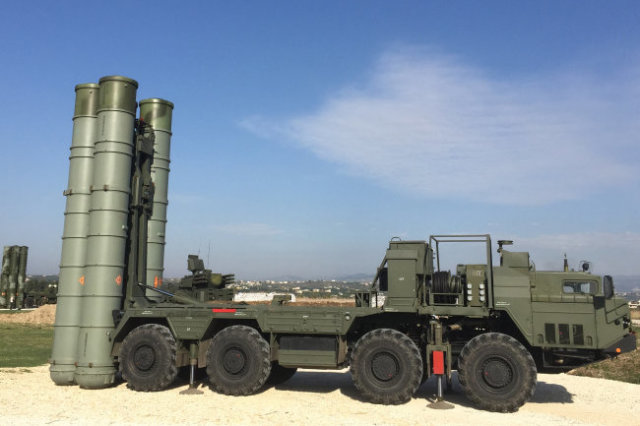The Turkish S-400 will have a partner-the HISAR-O complex.
The Egyptian publication NoonPost reacted to the news about the completion of the initial tests of the HISAR-O system. This was recently stated by the head of the Turkish Defense Industry Department, Ismail Demir.
The translation of the article was published on the InoSMI portal. The author Ahmad Sultan recalls that Turkey has long had problems with air defense. The fact is that earlier the country's defense industry did not have the necessary technologies, and the authorities did not have the political will to develop their own air defense systems. The West refused requests for the purchase of modern air defense systems, arguing that Turkey is a member of the NATO bloc and in which case it will receive protection.
However, now the situation has changed. Turkey has two upgraded versions of the old HISAR air defense system. The testing of HISAR-A took place three months ago. It has a range of 15 kilometers and can launch missiles with powerful warheads, developing speeds of up to 65 km/h. The complex tracks targets using infrared and laser systems. The duration of the response from the moment of detection to the launch of the rocket is 4 seconds. The system can fire at up to 6 targets simultaneously.
However, the short range of the HISAR-A does not allow it to resist drones. The second version of the HISAR-O, capable of reaching targets at a distance of 25 kilometers, will cope with this task. It is intended primarily for the protection of strategic objects.
At the same time, Turkey already has a Russian-made S-400 system. Turkey did not succumb to US pressure and did not terminate the deal. This means that Triumph will work side by side with HISAR complexes. Its range reaches 400 kilometers.
The author concludes that Turkey now has one of the most powerful air defense systems in the world, supplemented by locally produced complexes. In addition, it is already considering the possibility of acquiring a second batch of S-400s.
In the coming years, the modernization of the HISAR air defense system will continue. The task is to increase its range of destruction to 80 kilometers. This will create a multi-level missile defense system.
Oleg Koryakin

